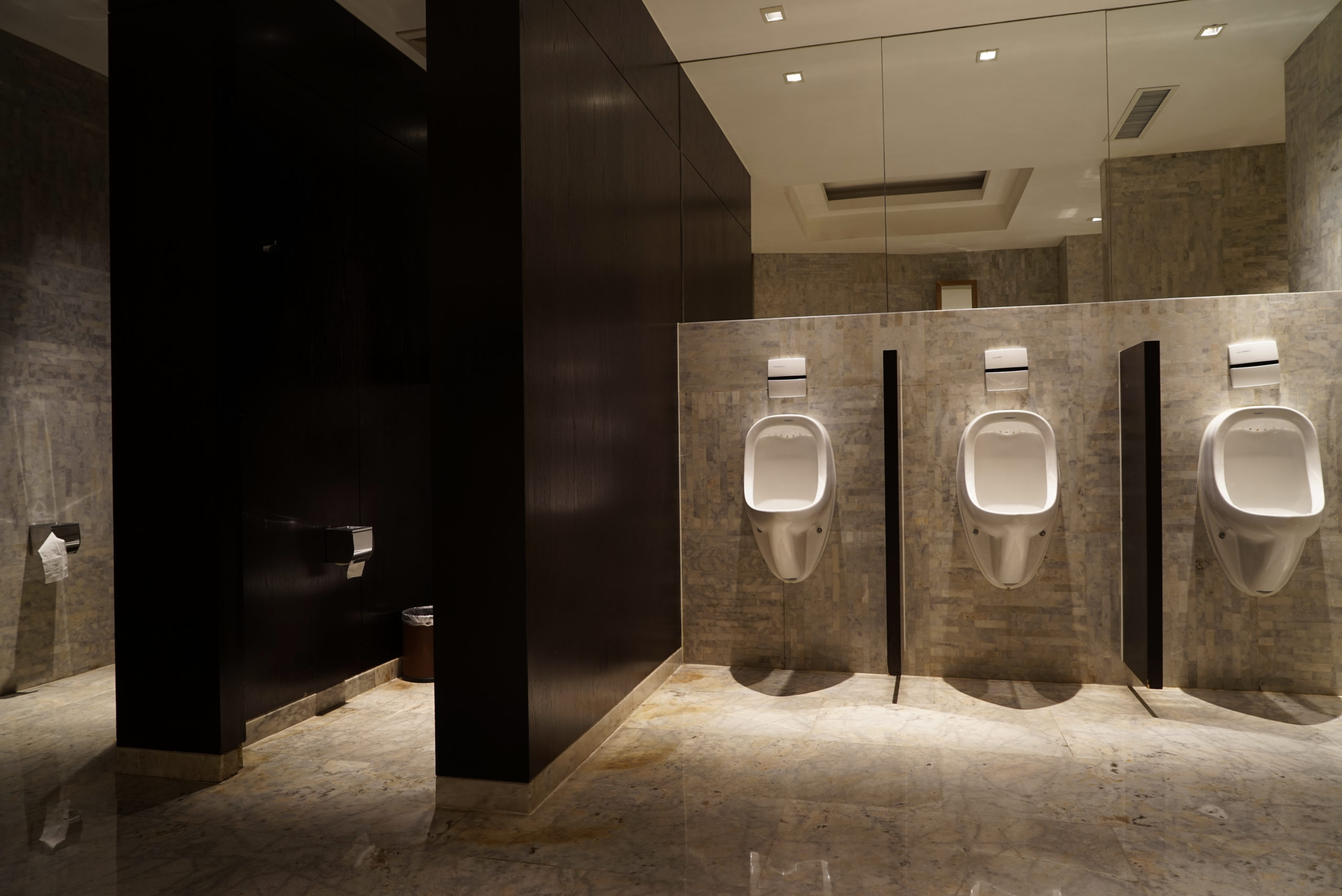Broadway theater owners have become increasingly concerned with intermission.
Where are we going? To the message from the ladies’ restroom.
Broadway’s Bathrooms
Very much aware that there are far fewer toilets than the number of people who will need them, women rush to the restroom just before a show’s intermission starts. Then, standing in line, everyone hopes to beat the flashing lights that signal the second act. At some point, ushers even begin leading groups of women to the men’s room.
The good news is that NYC theater owners have finally recognized the problem. The Minskoff Theater recently got 14 more ladies stalls, the Helen Hayes 5, and the Shubert chain increased the number of ladies’ toilets from 114 to 265.
Some Restroom History
Theaters have actually played a big role in potty parity.
A stage performance was the reason that California became the first state with “a parity in potties” mandate. The story starts with a legislator’s wife attending a Tchaikovsky concert at the Hollywood Bowl. The happy ending of her long wait for the loo was the 1987 Restroom Equity Act.
Perhaps the best story though is a Texas incident that the NY Times called Pottygate. In 1990 a legal secretary was arrested for using a men’s room during a Country Western concert. She said the line at the ladies room had more than 30 people when (“in desperation”) she followed a man and his daughter into the men’s room.
The ordinance she violated said she could not create a disturbance in a restroom for the opposite sex. After the woman was acquitted, a juror said, “She clearly did not mean to cause a disturbance. She just did what she had to.”
I just checked the American Restroom Association website. It appears that now potty parity is the norm for new construction.
Our Bottom Line: Economic Power
Scholars have pointed out that public restroom access and power are connected. One sociologist even called restroom scarcity a urinary leash that tied a woman to her home.
The demeaning impact of limited toilet access has affected women in all economic strata. Sixty years ago, some colleges said they were admitting fewer women because of inadequate restroom facilities. Much more recently, female construction workers have complained that unsanitary portable toilets are more of a problem for them than their male associates. And, in a white collar business and political world, the absence of women’s restrooms reinforces female exclusion and male domination.
But perhaps most importantly, when restroom facilities are lacking for any group, it is an architectural perpetuation of the imbalance of power.
So, returning to where we began, we can hypothesize the reason for Broadway’s bathroom building surge. No, as one theater executive suggested, it isn’t because women are drinking more. Instead, I suspect that Broadway is responding to more female economic power.
My sources and more: While up-to-date papers on potty parity were tough to find, there were many from several decades ago. The NY Times had the one current article while I also recommend the Washington Post Wonkblog and this Pottygate story. Then, for a more scholarly approach, the possibilities include this University of Chicago Law School paper and this architectural perspective.






